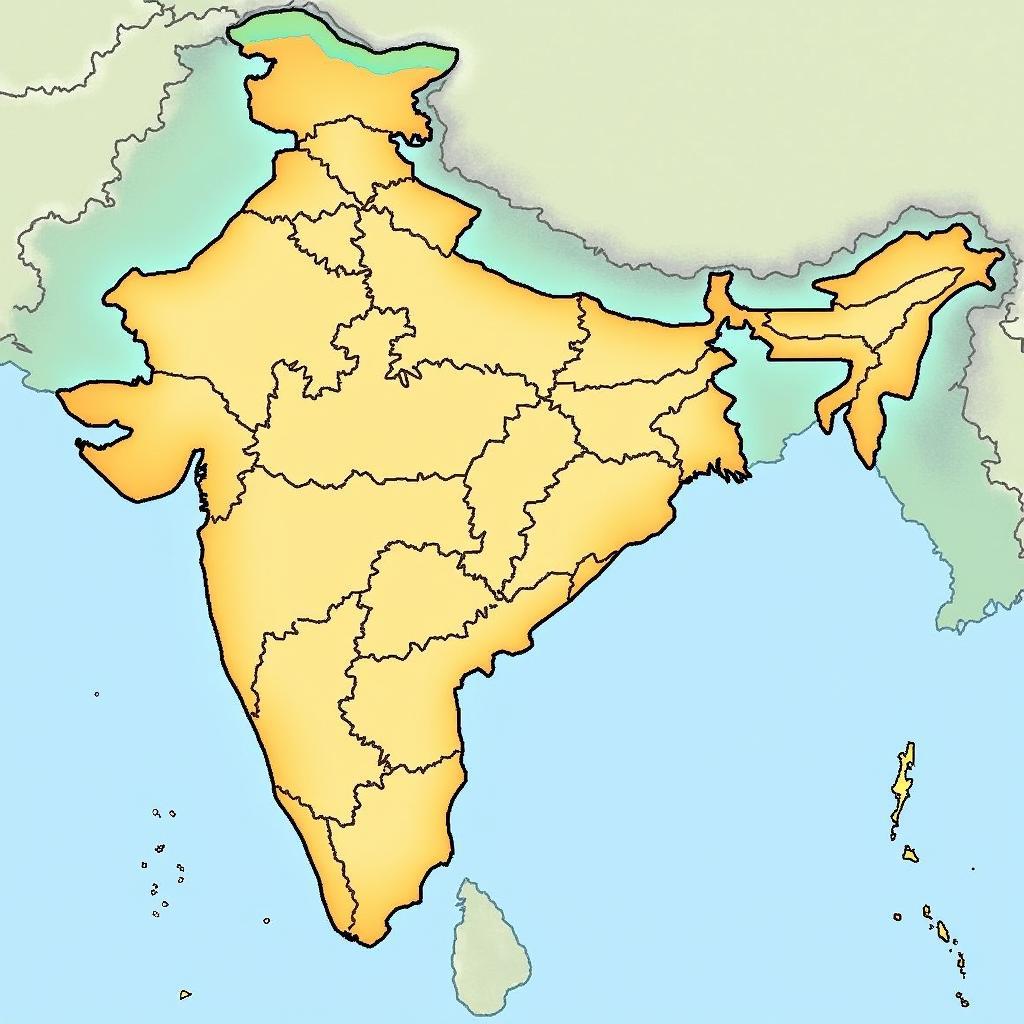Difference Between Asiatic Lion and African Lion
The king of the jungle evokes a sense of awe and wonder. But did you know that the title of “lion” encompasses several subspecies, each with unique characteristics? This article delves into the fascinating distinctions between the Asiatic lion and the African lion, highlighting their physical attributes, geographical distribution, and conservation status.
Majestic Mane: A Tale of Two Lions
While both Asiatic and African lions share the iconic status of apex predators, several key differences set them apart. Let’s explore these differences:
1. Physical Appearance: Size and Mane Matter
The most striking difference lies in their appearance.
-
Mane Magnificence: The Asiatic lion sports a relatively shorter, sparser mane compared to its African counterpart. In some cases, the Asiatic lion’s mane might even be almost absent, revealing the throat and ears. On the other hand, the African lion boasts a full, flowing mane that extends to the chest and shoulders, sometimes even reaching the belly.
-
Size and Build: Asiatic lions are generally smaller than African lions. Male Asiatic lions measure around 8-9 feet in length, while African lions can reach up to 10 feet. The difference in weight is also significant, with Asiatic lions weighing between 300-420 pounds and African lions tipping the scales at 330-550 pounds.
-
The Feline Fold: Another distinguishing feature is the longitudinal fold of skin running along the belly of the Asiatic lion, a characteristic absent in most African lions.
2. Geographical Distribution: A Tale of Two Continents
As their names suggest, these lion subspecies inhabit different continents.
-
Asiatic Lions: Historically, Asiatic lions roamed a much wider range, stretching from the Middle East to India. Today, their distribution is limited to the Gir Forest National Park and surrounding areas in the Indian state of Gujarat.
-
African Lions: African lions, as one might expect, are found across sub-Saharan Africa, inhabiting a variety of habitats from savannas and grasslands to woodlands.
 Asiatic Lion Distribution Map
Asiatic Lion Distribution Map
3. Social Structure and Behavior: Pride and Prejudice
Both Asiatic and African lions exhibit social behavior, living in groups called prides. However, some subtle differences exist in their social structure.
-
Pride Size: Asiatic lion prides tend to be smaller than their African counterparts. This difference is primarily attributed to the limited prey availability in their restricted habitat.
-
Male Interaction: Male Asiatic lions are often solitary or found in pairs, unlike African lions, where coalitions of two to four males are common. This difference is again linked to the limited resources and mating opportunities in the Asiatic lion’s range.
4. Conservation Status and Threats: A Roar for Survival
Sadly, both lion subspecies face significant threats to their survival.
-
Asiatic Lions: Classified as endangered, Asiatic lions face the constant threat of habitat loss, poaching, and human-wildlife conflict. Their limited genetic diversity also poses a challenge to their long-term survival.
-
African Lions: While not as critically endangered as their Asiatic cousins, African lions are also listed as vulnerable. Habitat loss, prey depletion, and human-wildlife conflict are major threats to their populations across Africa.
 Lion Conservation Efforts
Lion Conservation Efforts
The Roar of a Legacy
Understanding the differences and unique challenges faced by both Asiatic and African lions is crucial for their conservation. By appreciating their individual characteristics and supporting conservation efforts, we can ensure that these majestic creatures continue to roam free for generations to come.

